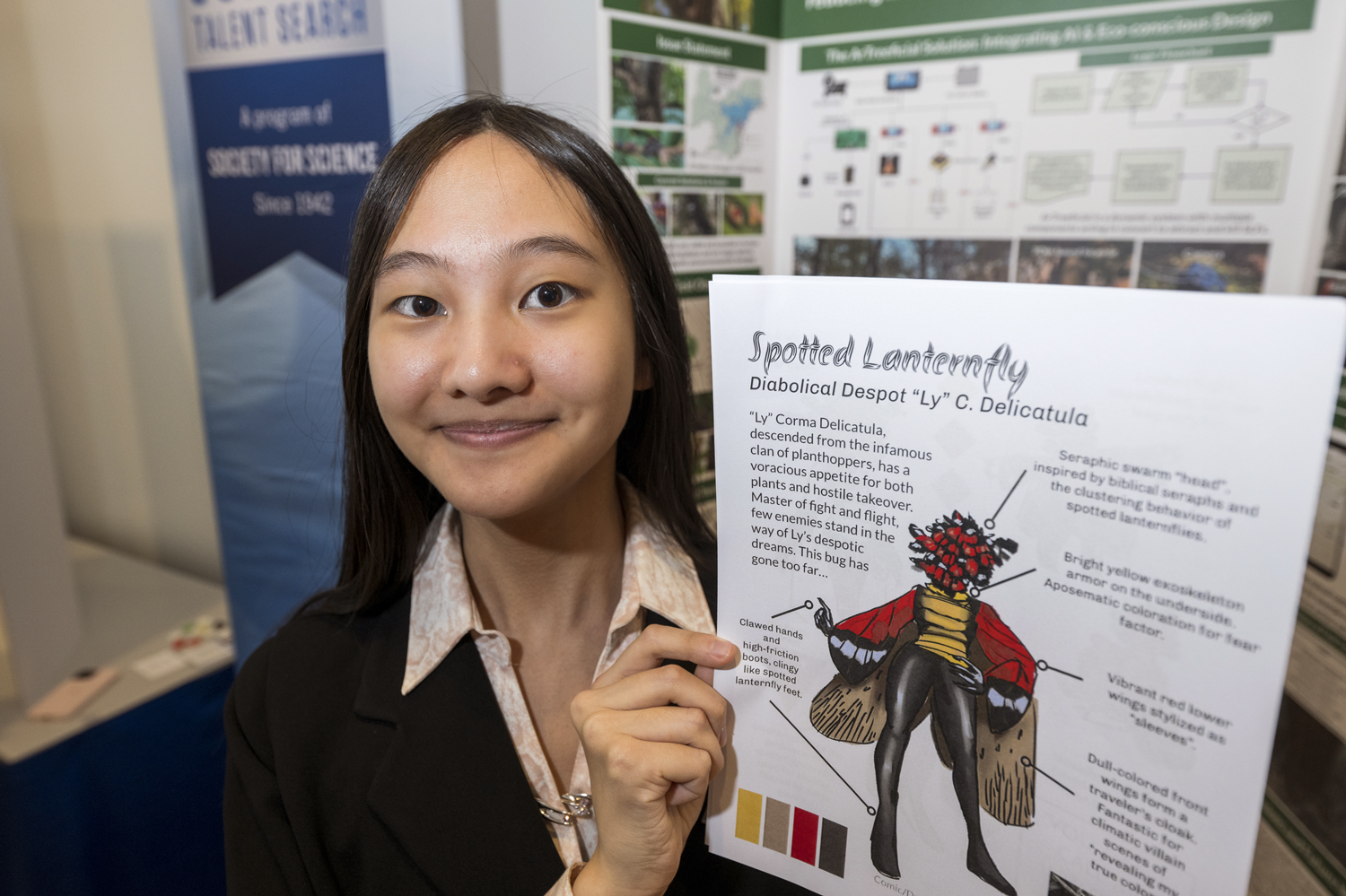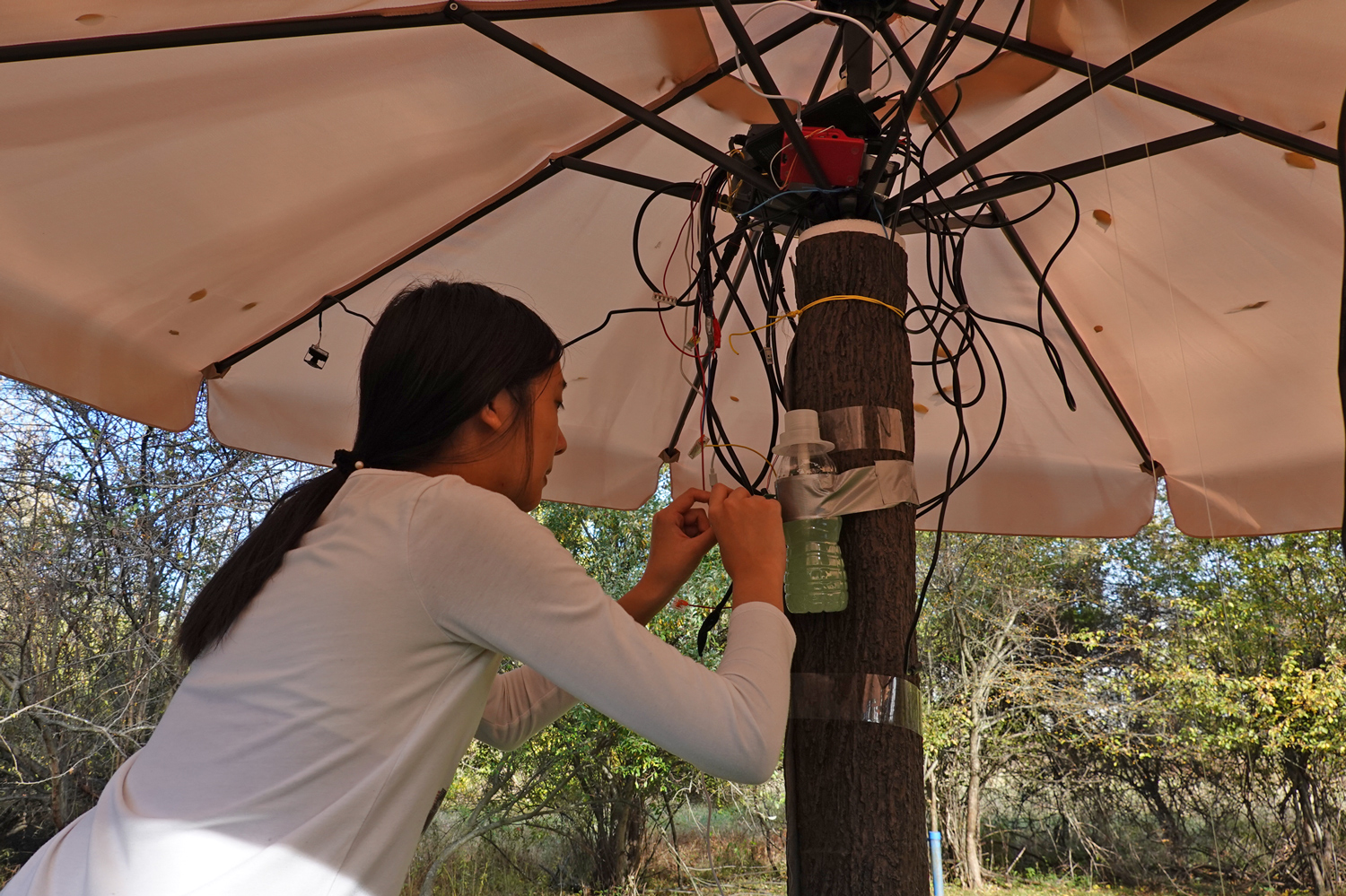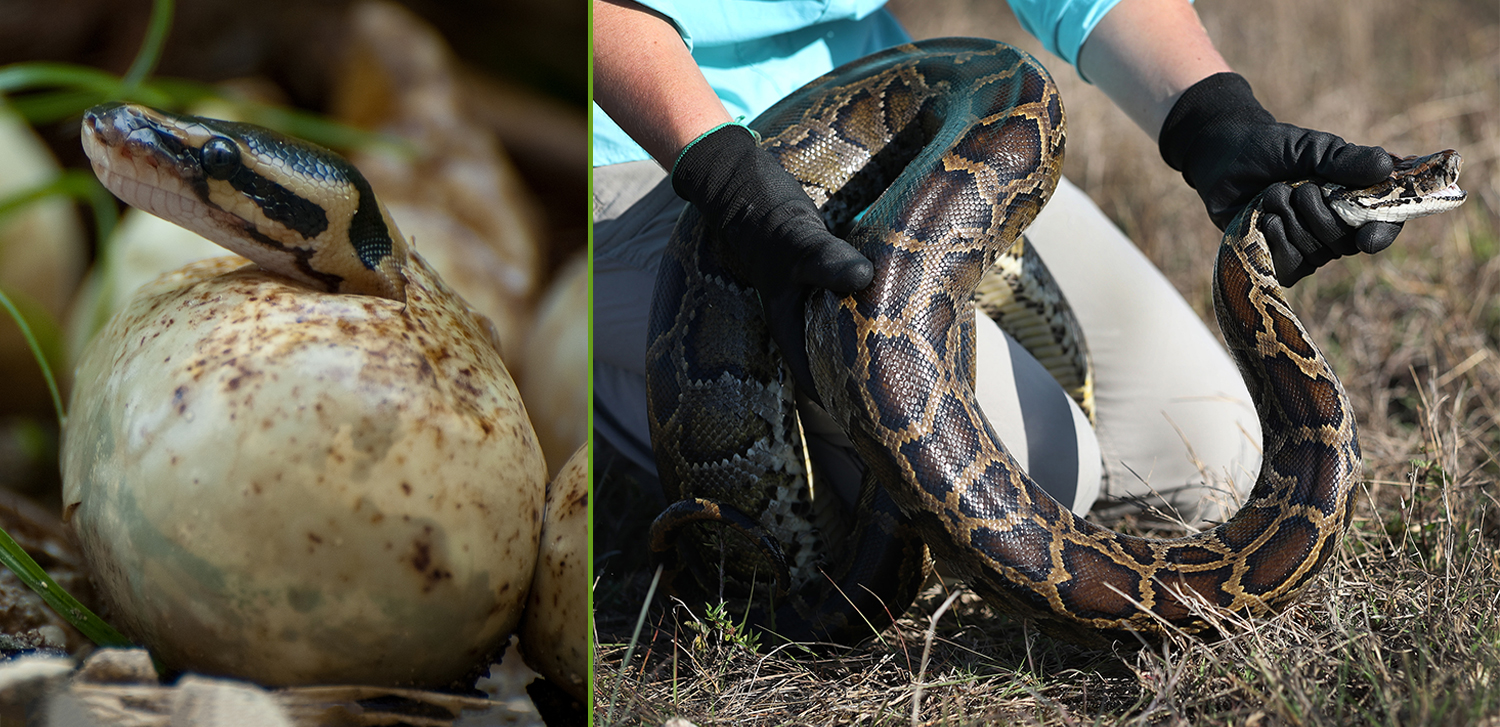Teen Invents a Way to Control a Pest

A high school student has invented a device that can detect and kill a harmful invasive species called the spotted lanternfly. Eighteen-year-old Selina Zhang’s invention, ArTreeficial, is a fake tree that uses artificial intelligence (AI) and electricity.
Zhang is from New Jersey, one of the 17 U.S. states where the spotted lanternfly has been damaging trees and crops since it arrived in the country aboard a ship from China a little over a decade ago. When Zhang learned about the insect, she began thinking about ways to get rid of it. She’s not the only one. Officials have tried battling the lanternfly with insecticides and other measures, but these solutions are harmful to the planet.

Zhang created this poster about lanternflies to use as part of her presentation at the Regeneron Science Talent Search.
Zhang started by observing lanternflies to learn how they move and where they land. Since lanternflies often land on the tree of heaven (also an invasive species in the U.S.), Zhang decided to build a structure that mimics that tree species, using her family’s patio umbrella. Employing ultrasound technology, the umbrella emits the scent of the tree of heaven to lure lanternflies. Zhang covered the “tree” with electronic mesh that can zap lanternflies and programmed an algorithm that can distinguish lanternflies from other species.

Zhang connects wires to her ArTreeficial lanternfly trap.
At first, Zhang put only a single layer of electronic mesh around the tree, but this caused a safety problem because of the risks associated with electrified metal. So she added another layer of mesh. Lanternflies get zapped only if they step on the inner layer.
Zhang’s innovation placed eighth at the 2024 Regeneron Science Talent Search, an annual competition for high school students. Zhang is hoping that she can mass-produce ArTreeficial and maybe even use the technology to control other pests.



